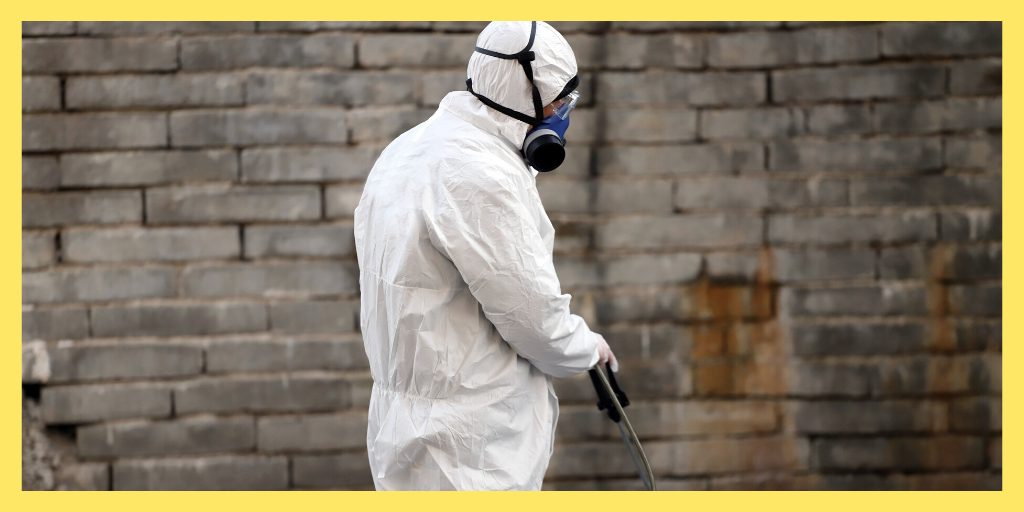How Public Health Will Change After the Coronavirus Pandemic

The emergence of the new disease caused by the Coronavirus took the world by surprise and spread fast like wildfire and is now a full-blown pandemic. The way the outbreak came, spread, and got out of hand in a short period revealed the weaknesses in the health sector and showed that a lot of changes need to be made in the industry.
It is evident that things will not remain the same for Public health after this pandemic is over. Here are some areas where changes are to be expected in the Public health sector:
-
Contents
ToggleIncrease in Production of Critical Health-Related Equipment
One of the apparent problems revealed by the coronavirus outbreak is the lack of health-related
equipment needed to prevent and handle an outbreak at a global level.
The way most countries began to complain of a shortage of essential items shows that the production of health-related equipment has not been the focus of the manufacturing sector.
The public health concerns after this outbreak will be on how to prevent a repetition of this problem. This will lead to the mass production of critical health-related equipment needed to fight any other potential outbreak. The manufacturing sector will also rapidly delve into the production of medical supplies, pharmaceutical products, and health support equipment.
-
Digital Technology and Health
The way the COVID-19 pandemic has been handled using digital technology shows that it is possible to use digital technology to achieve public health safety. Before the outbreak, little focus was on digital technology, and people were told that it was better to visit a health professional when there are signs of ill-health.
However, because social distancing is important when it comes to preventing the spread of the Coronavirus, the health sector had to use digital technology for professional awareness and public enlightenment.
Professionals with public health certifications have to rely on digital and ICT technology to handle appointments and non-urgent inquiries.
Furthermore, the whole world is relying entirely on advancement in digital technology to take awareness to remote places that would otherwise have been impenetrable due to the world wide lockdown.
This novel experience will show the public health sector that there is a need to focus on the potentials of digital technology in public health. It is expected that when this outbreak is over, the public health sector will find digital technology as a potential tool to be harnessed by the average public health worker.
-
Global Health Monitoring
The rate at which the Coronavirus spread around the world and became a pandemic at a global scale generally showed that efforts put into the monitoring of global health by nations of the world have been grossly insufficient.
News of imprecise data comes up here and there, and it shows the vast hole public health sector still needs to fill in terms of data acquisition, management, and storage.
With the right data management tools, the public health sector can effectively monitor global health. This need will become a primary concern and focus on national securities at international borders. The world generally would become more vigilant as they watch out for any health signs that can threaten public health safety.
-
Introduction of Favorable Government Policies
Another thing that would happen after this COVID-19 Pandemic crisis is over would be at the level of the national and state parliaments, resulting in new government policies. Decisions and policies that after the pandemic, should have positive effects on public health.
There would be the introduction of new bills that will inevitably become laws to be followed by the public to protect public health. The government will also release more funds to the health sector to promote things that have to do with safety practices in the health sector.
The public health sector will automatically become the golden egg of most nations. There will be a high influx of money into research, a review of public health workers’ salaries, and the possible introduction of new policies to guide pre-clinical and clinical trials.
-
Resources Management
The shortage of medical items, equipment, and the overall gross inadequacy of most health facilities has forced public health workers to adjust and manage available resources. Health workers have learned to survive with the few resources they have, thanks to their ingenuity and fierce determination.
As a result, once the COVID-19 pandemic is over, health workers would have learned resource management even amid insufficiency. Resources management will become part of the unspoken or unwritten ethics of work of people affiliated with public health.
Another major loophole that the lack of an adequate workforce has revealed is the massive potential of Artificial Intelligence in the health sector. If most countries had AI incorporated into their health sector, the casualties recorded could have been greatly minimized. The use of AI can significantly increase the workforce needed to handle the situation and also reduce the need for close human contact.

Conclusion
Despite best efforts, very little was able to be done to prepare against the problems that attacked the public health in a matter of days without notice. This has left the public health sector at a significant disadvantage in handling the rising health challenges worldwide. However, public health workers have learned and unlearned, and it is expected that some changes will ensue in the public sector after the pandemic. Some of the expected changes include the manufacturing and production of health equipment, resource management, government policies, the role of AI in the health sector, digital technology, and the roles it can play in the health industry, etc.
Recommended For You
Can You Get Rid of Cellulite With Exercise?
Most Inside
Most Inside offers high-quality recommendations and valuable updates to enhance all aspects of your life, providing premium guidance and enriching experiences.




